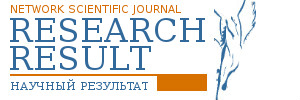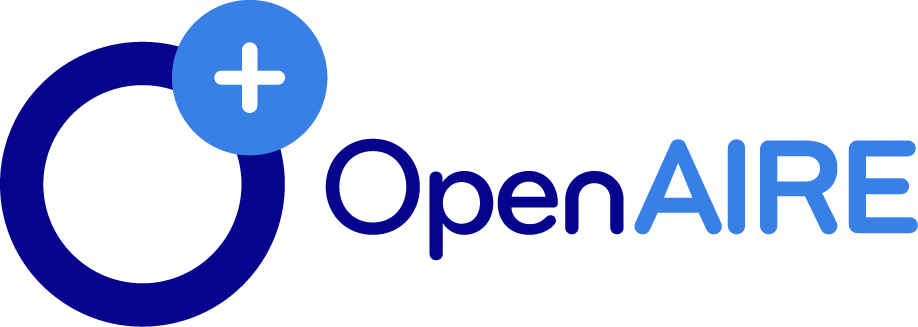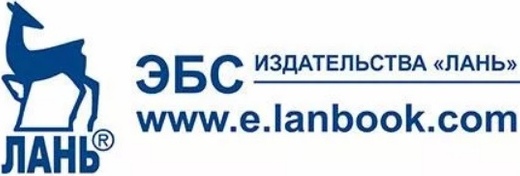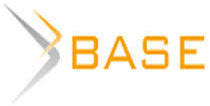Interactive learning in the categories of the contradiction scheme
Introduction. According to the requirements of the federal state educational standards, the use of interactive methods and techniques at the university is mandatory when conducting classes in all disciplines both at the bachelor's and master's degrees. However, the contradictory nature of interactive learning and the lack of theoretical developments that could reflect a complete understanding of the essence of this phenomenon in pedagogy and methodology cause insufficient methodological development and, consequently, labor intensity when using interactive learning in practice. We believe that the origins of the emerging problems lie in the weak knowledge of the intra-system contradictions of the object under consideration. The aim of the article is to develop a model of the existence and development of interactive learning, based on the interaction of elements-opposites that are in a contradiction relationship, and the redistribution of the basic resource between them. Methodology and methods. To solve this goal, a tool of homeostatic methodology was used – the "Contradiction Scheme" method, the method of content analysis of literature and the survey method. Results. 1. The content of contradictions between the elements of the object was revealed and comprehended; the value of interest as a basic resource is realized. 2. The features of the functioning of the elements of the object in the state of maximum and minimum consumption of the basic resource were established. 3. A model of the existence and development of interactive learning was developed. 4. The existing problems were identified and the mechanism of regulating contradictions in the interaction of elements-opposites was described 5. The basis for considering the object of research as a homeostatic system was obtained. Conclusions. The resulting model of interactive learning, firstly, gives a systematic idea of the phenomenon under consideration, organizing the existing theoretical knowledge about the object at a qualitatively new level, secondly, it contains resources for building the concept of interactive learning, and thirdly, it allows you to develop high-quality methodological support for interactive learning of Russian as foreign language at a university. The obtained results can be used in the development of a mechanism for external management of the object, which will help to further optimize the process of interactive teaching of various disciplines at the university, including foreign languages and Russian as a foreign language.

















While nobody left any comments to this publication.
You can be first.